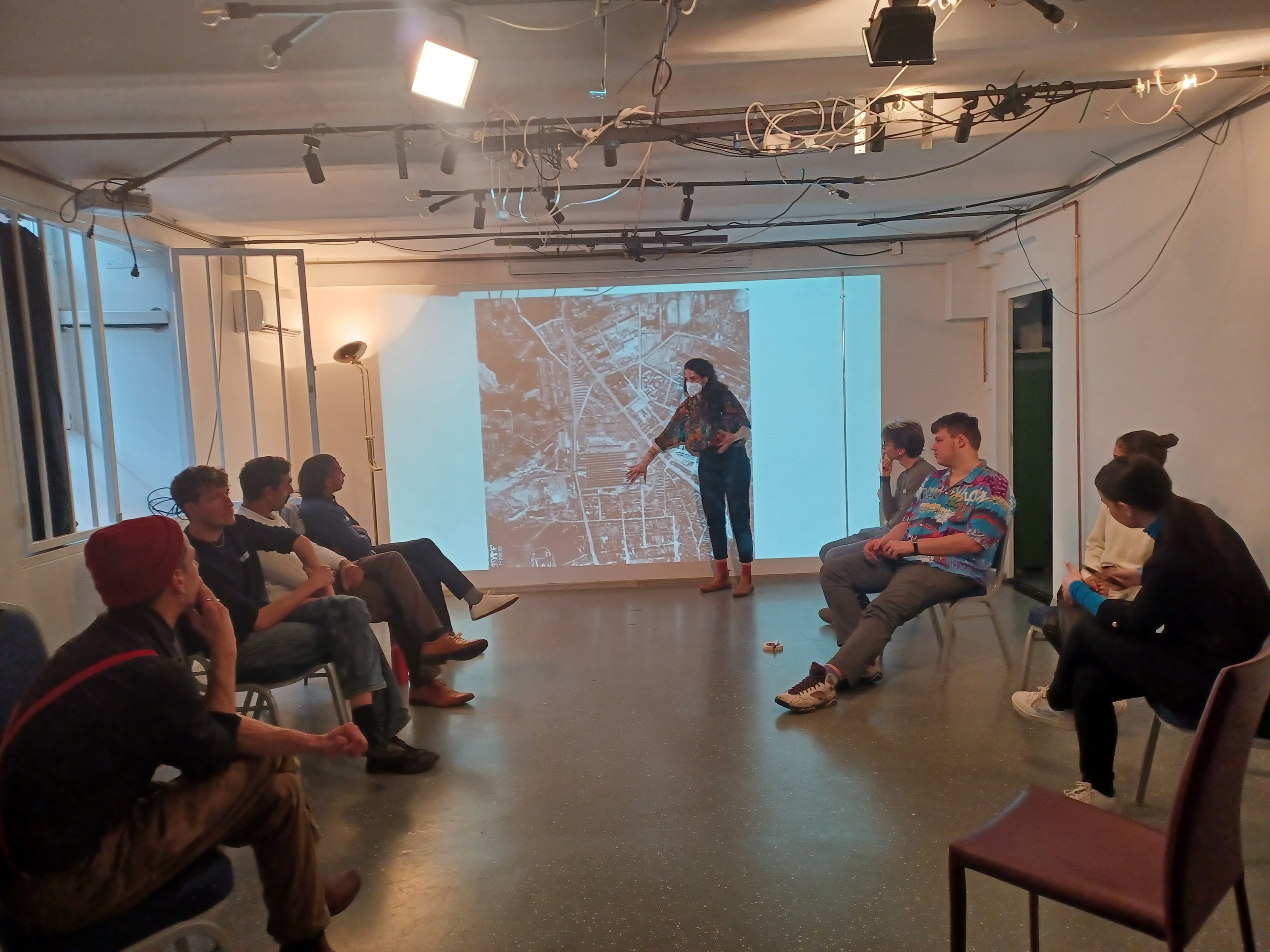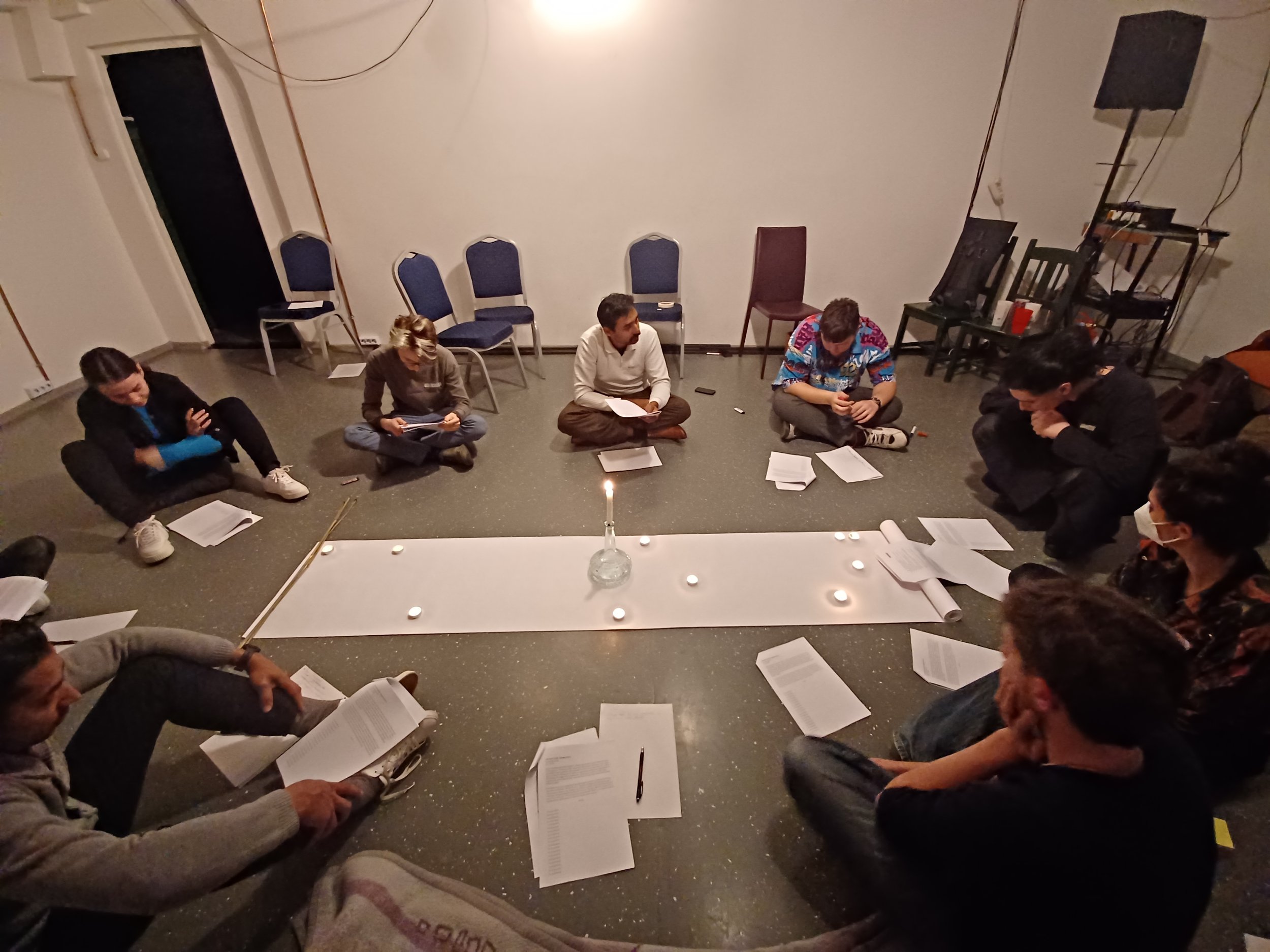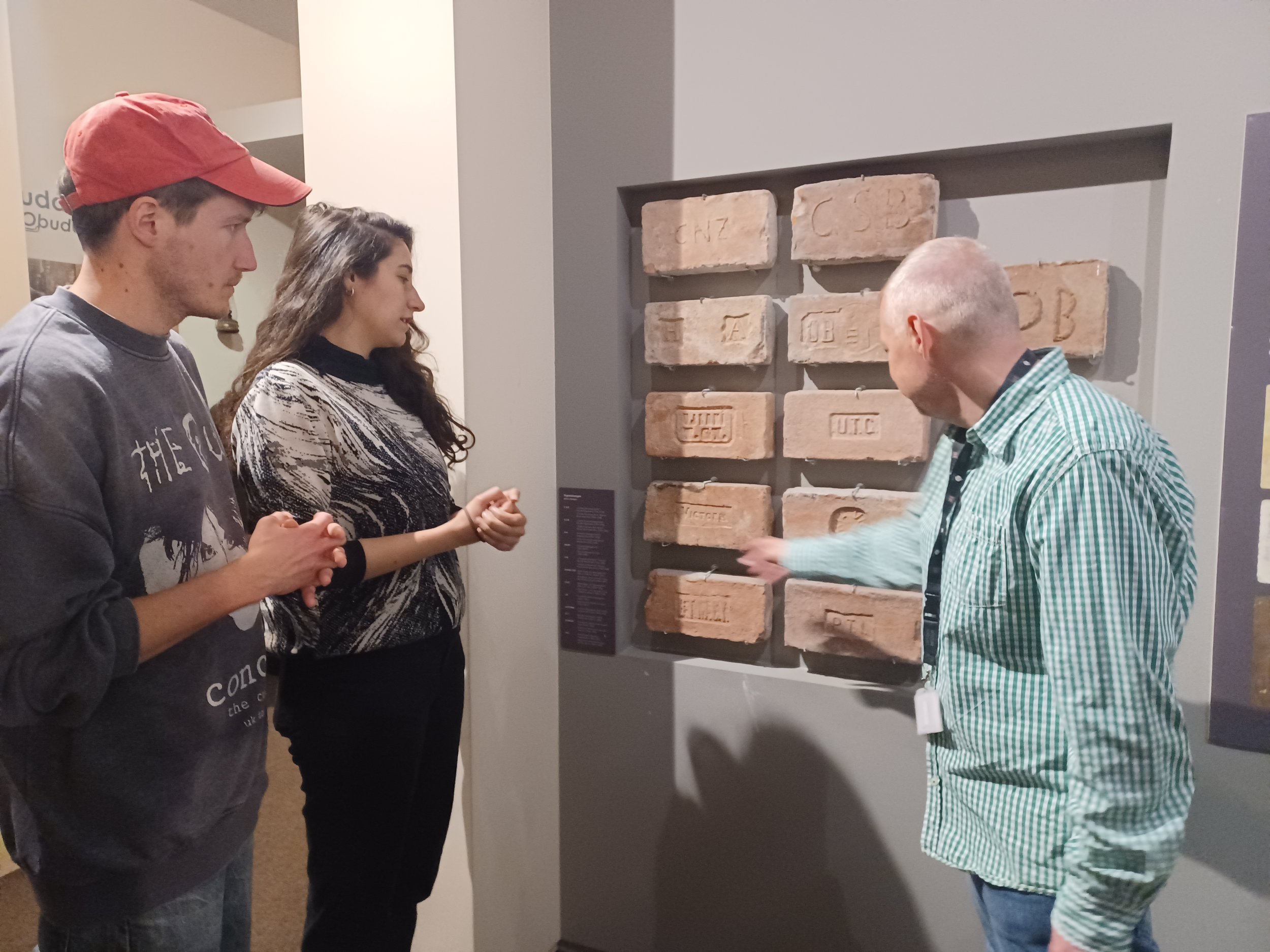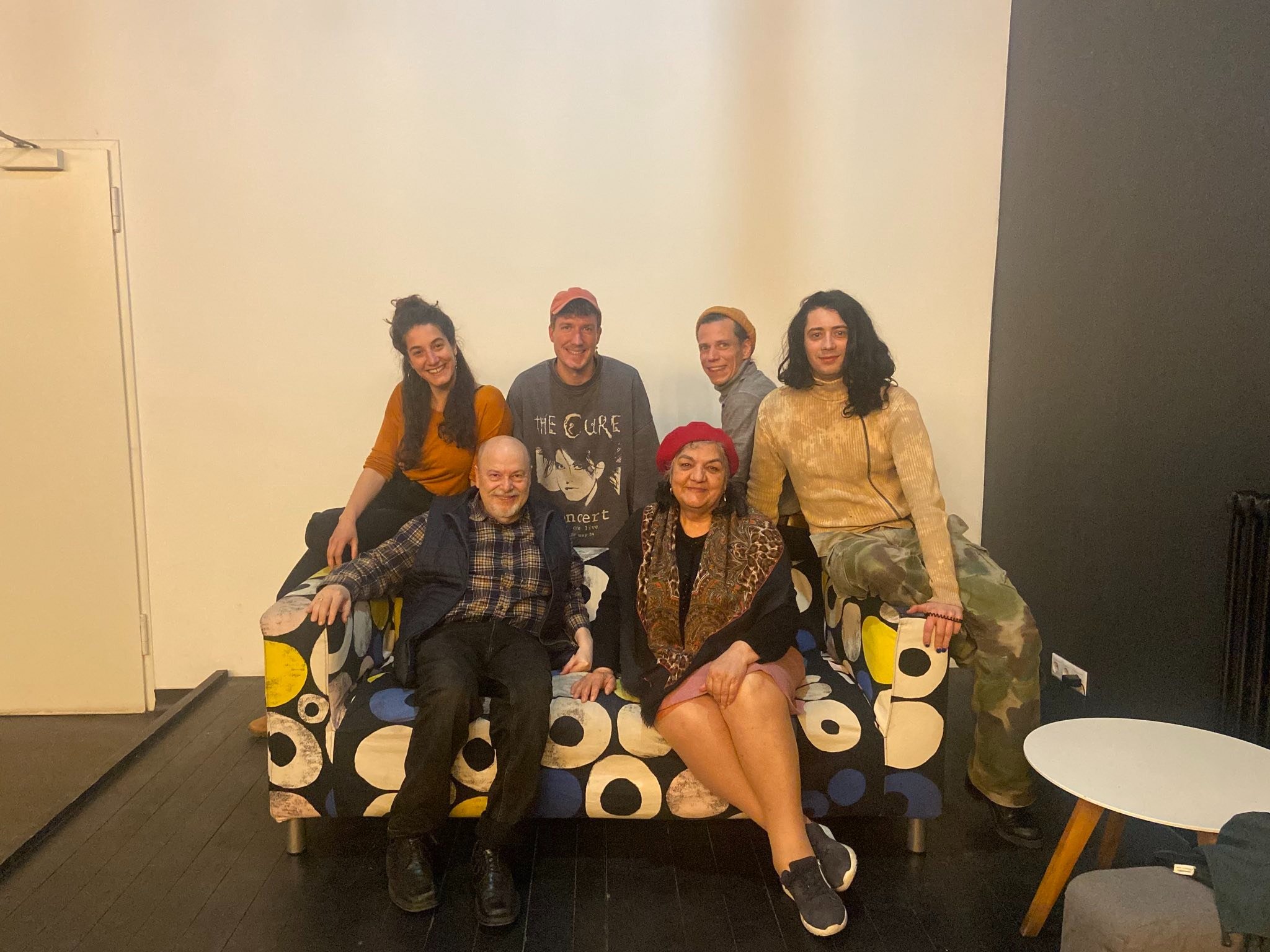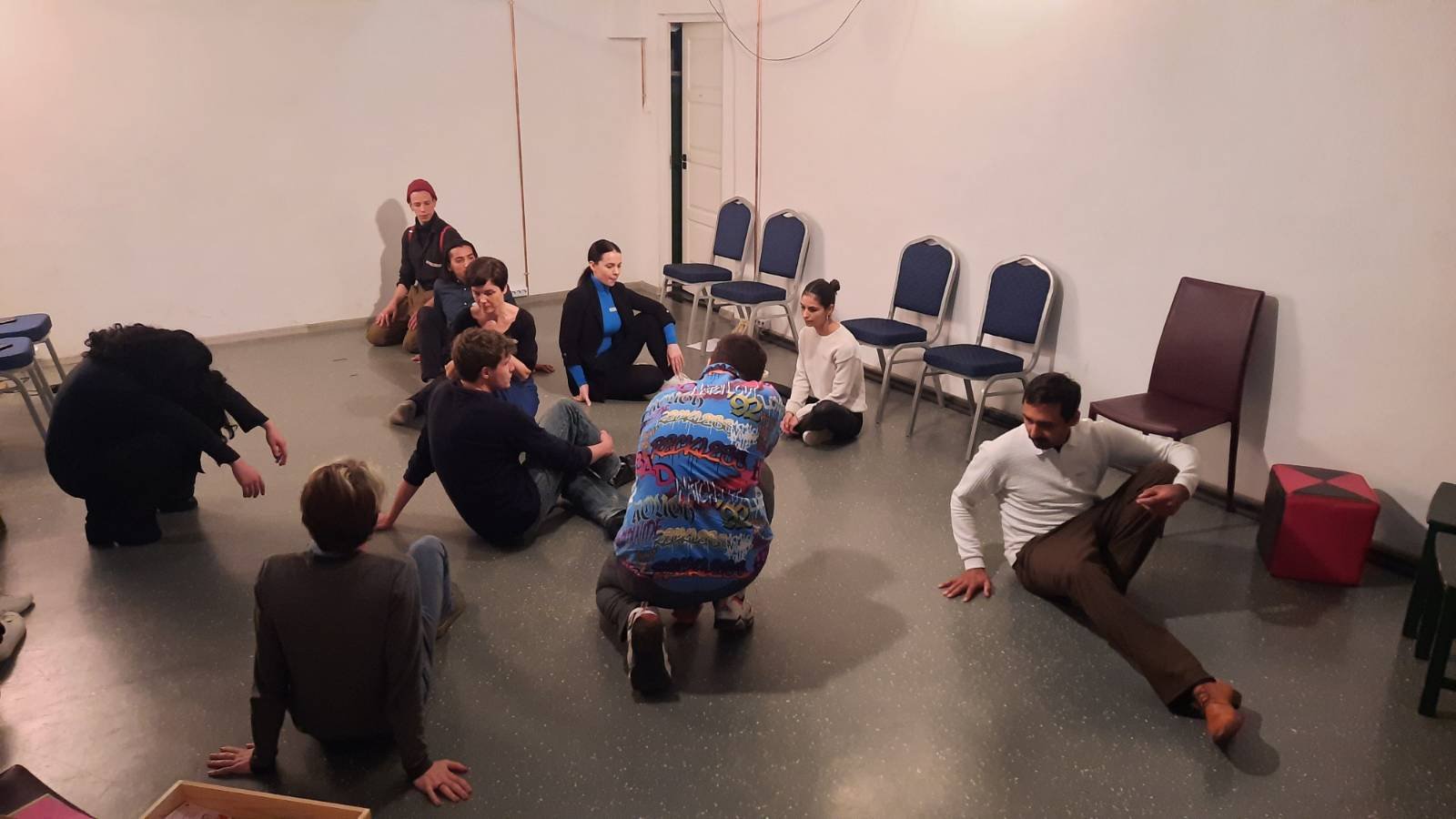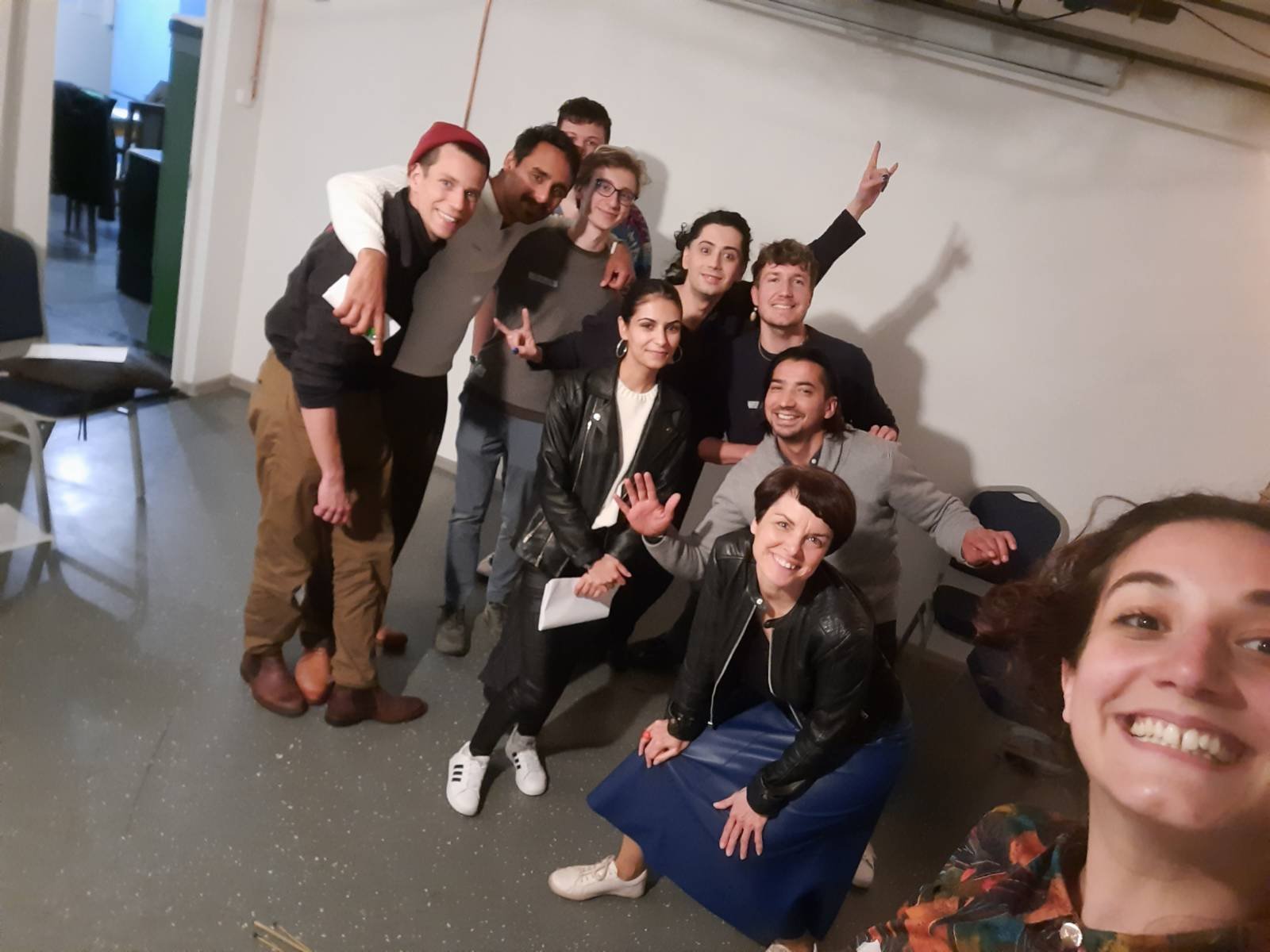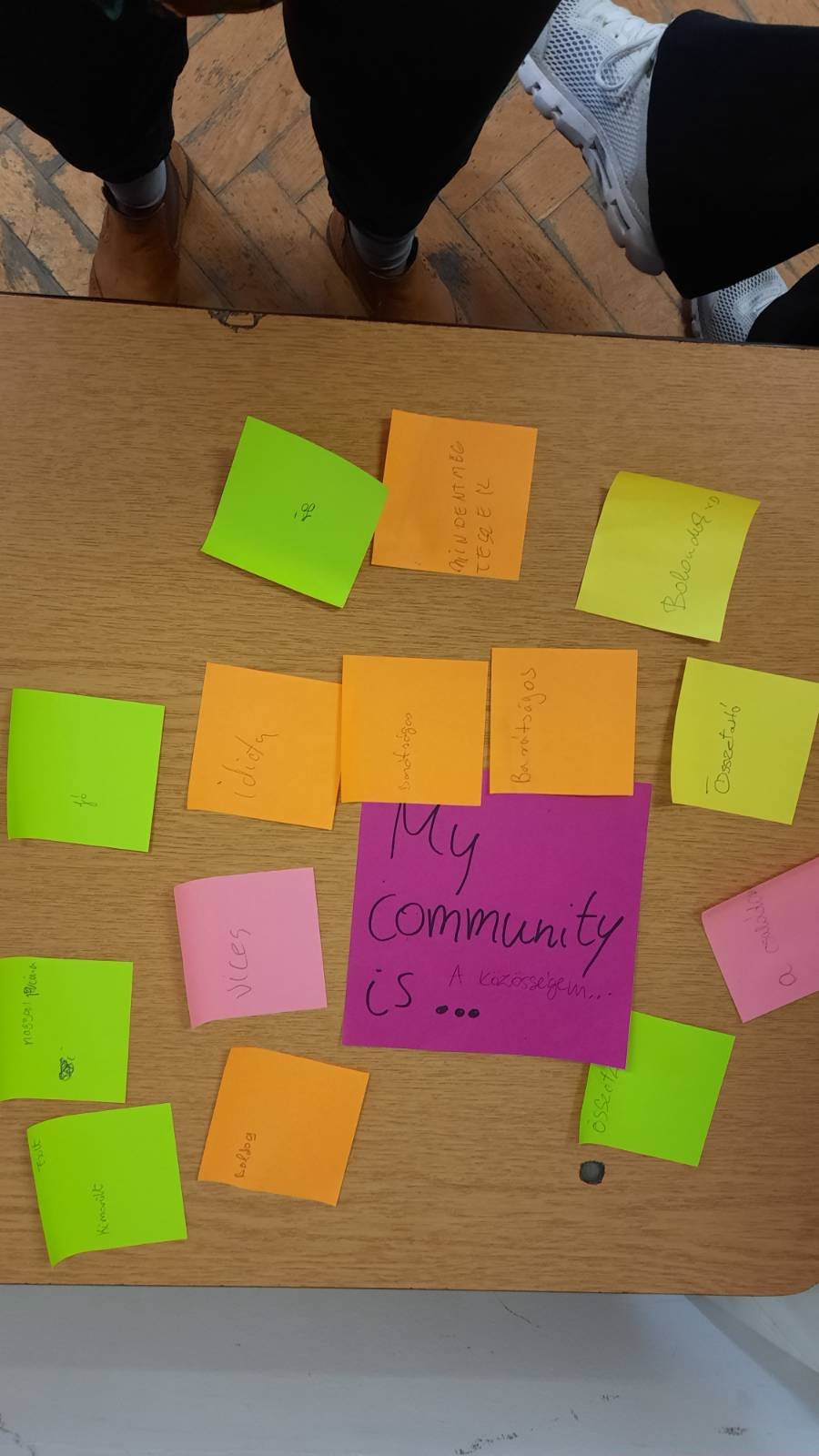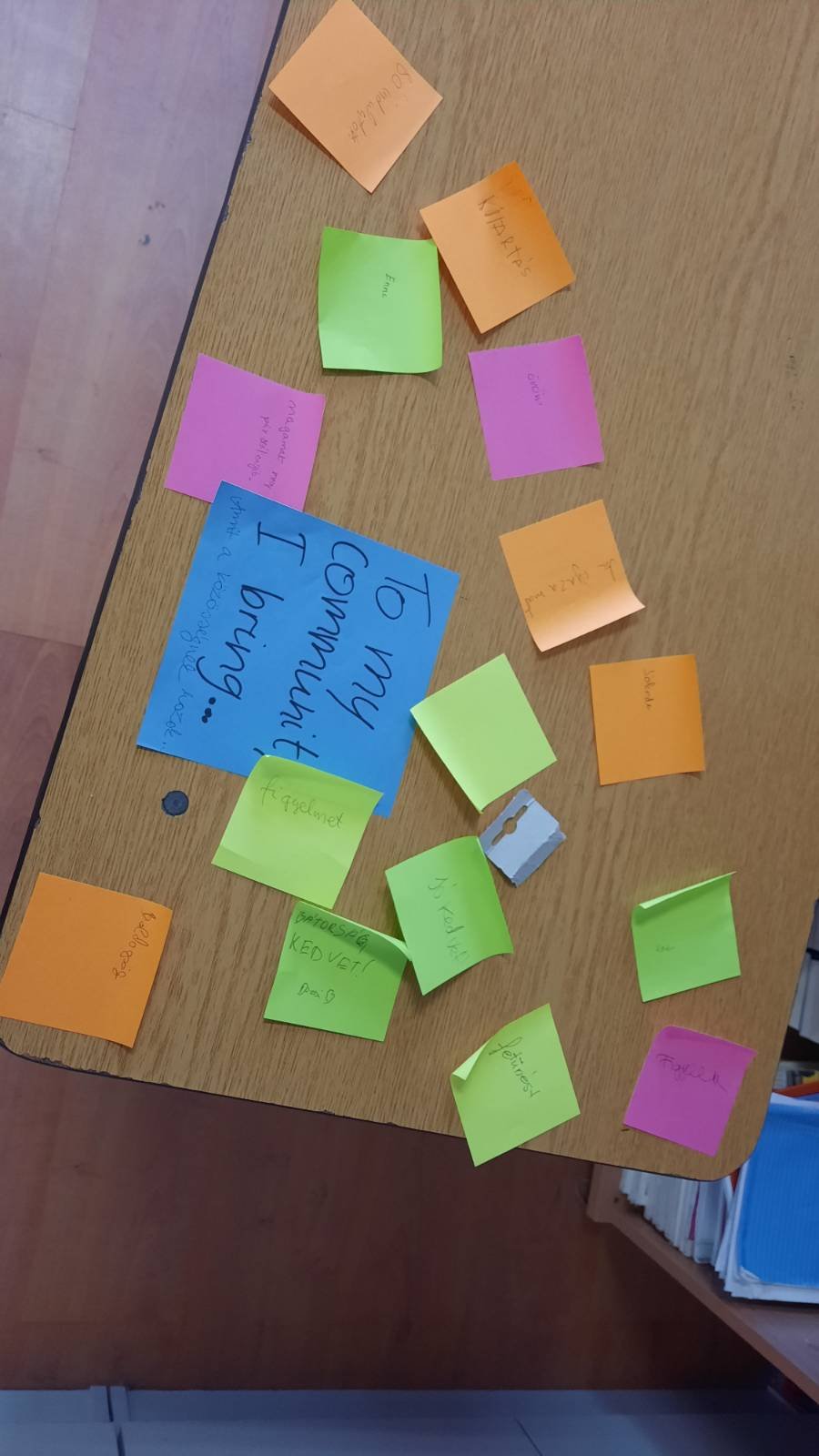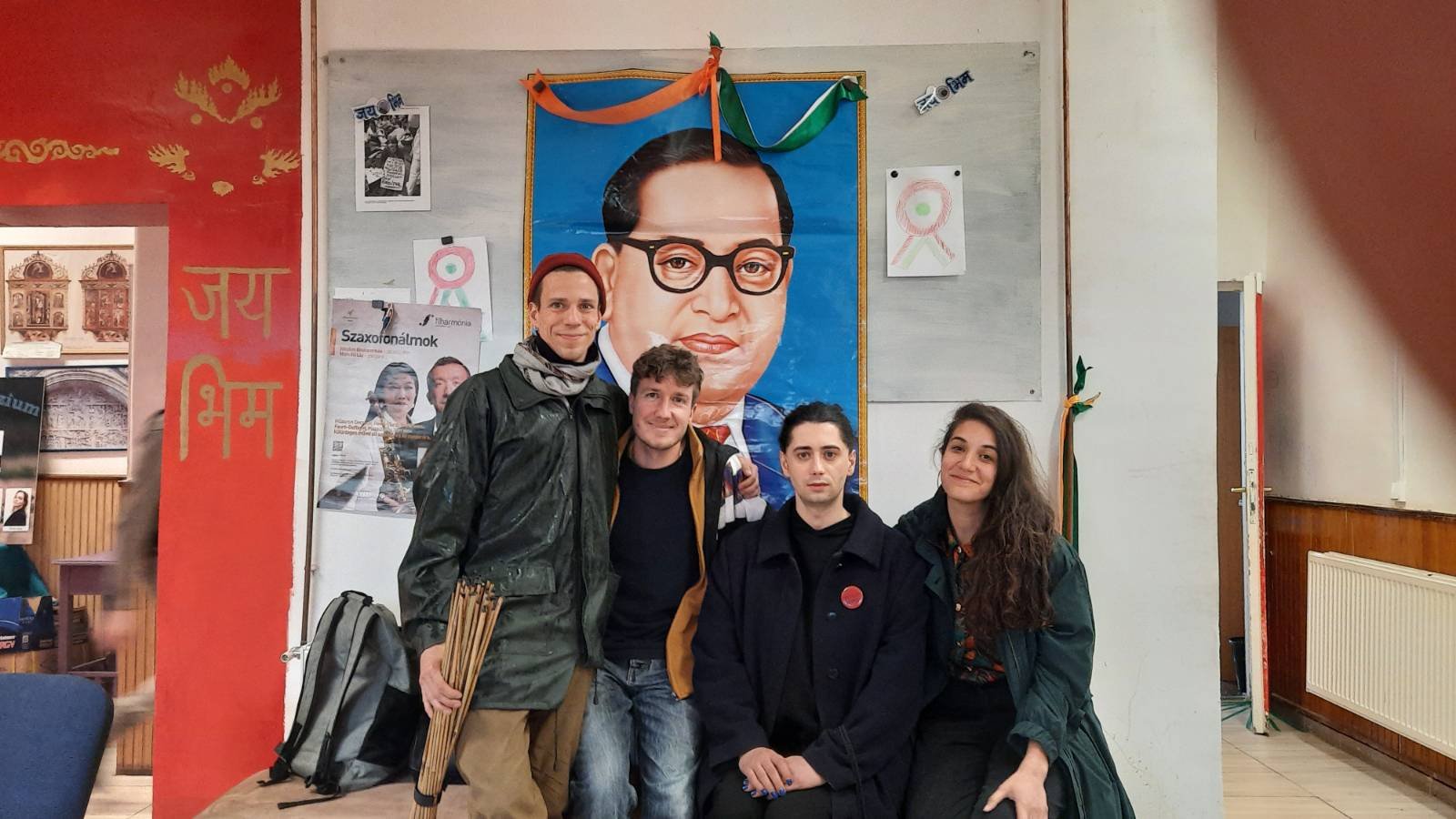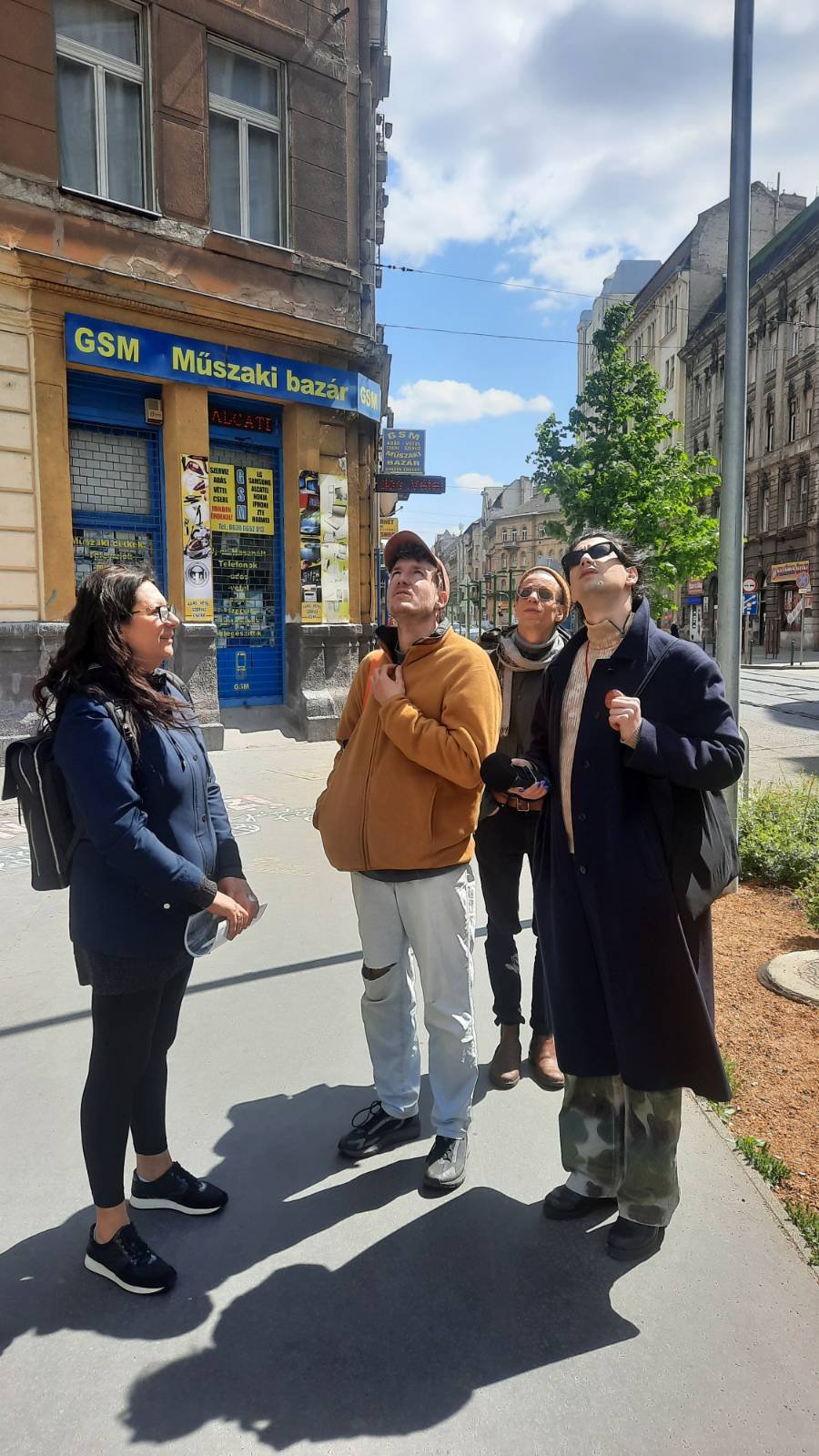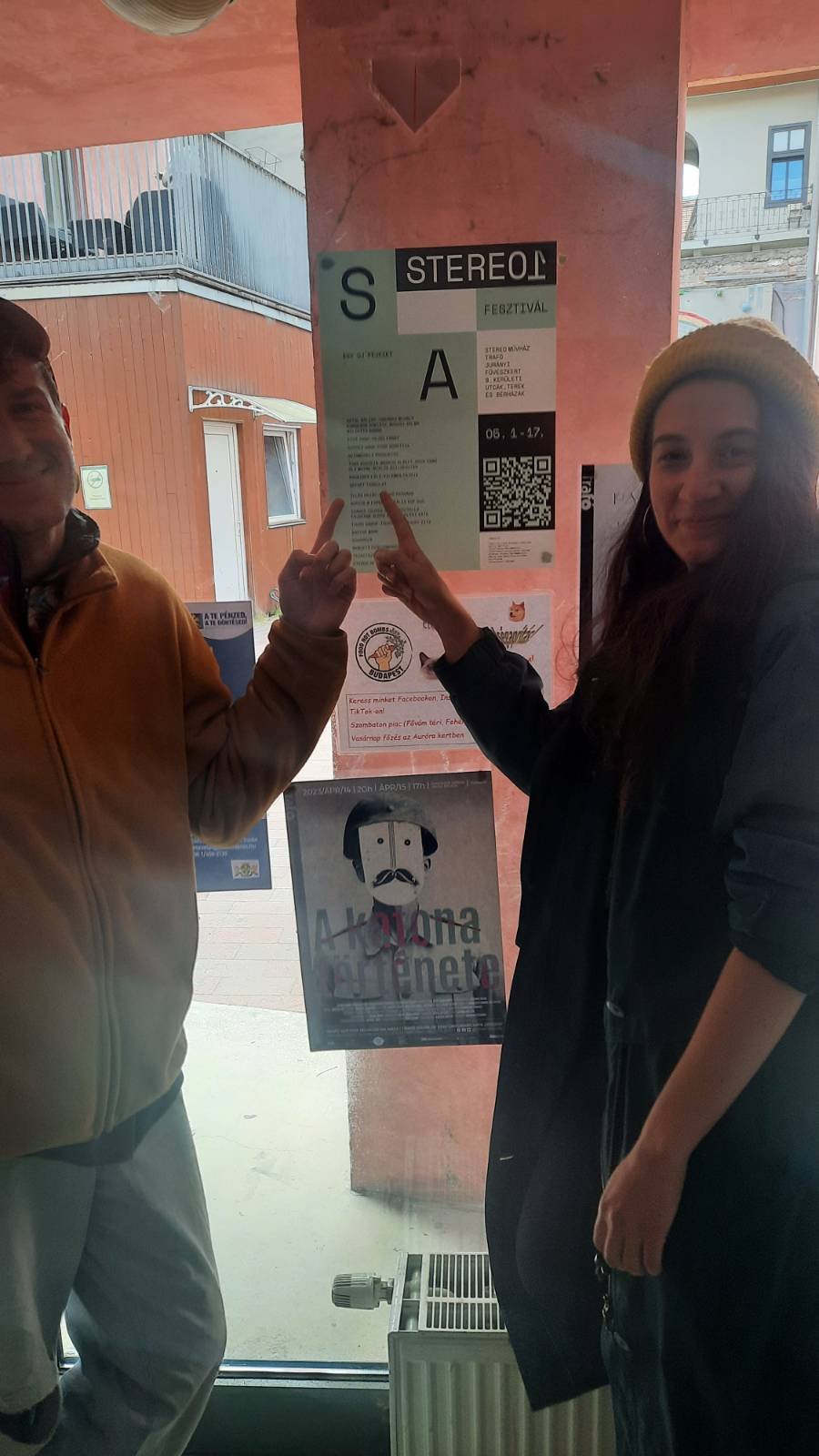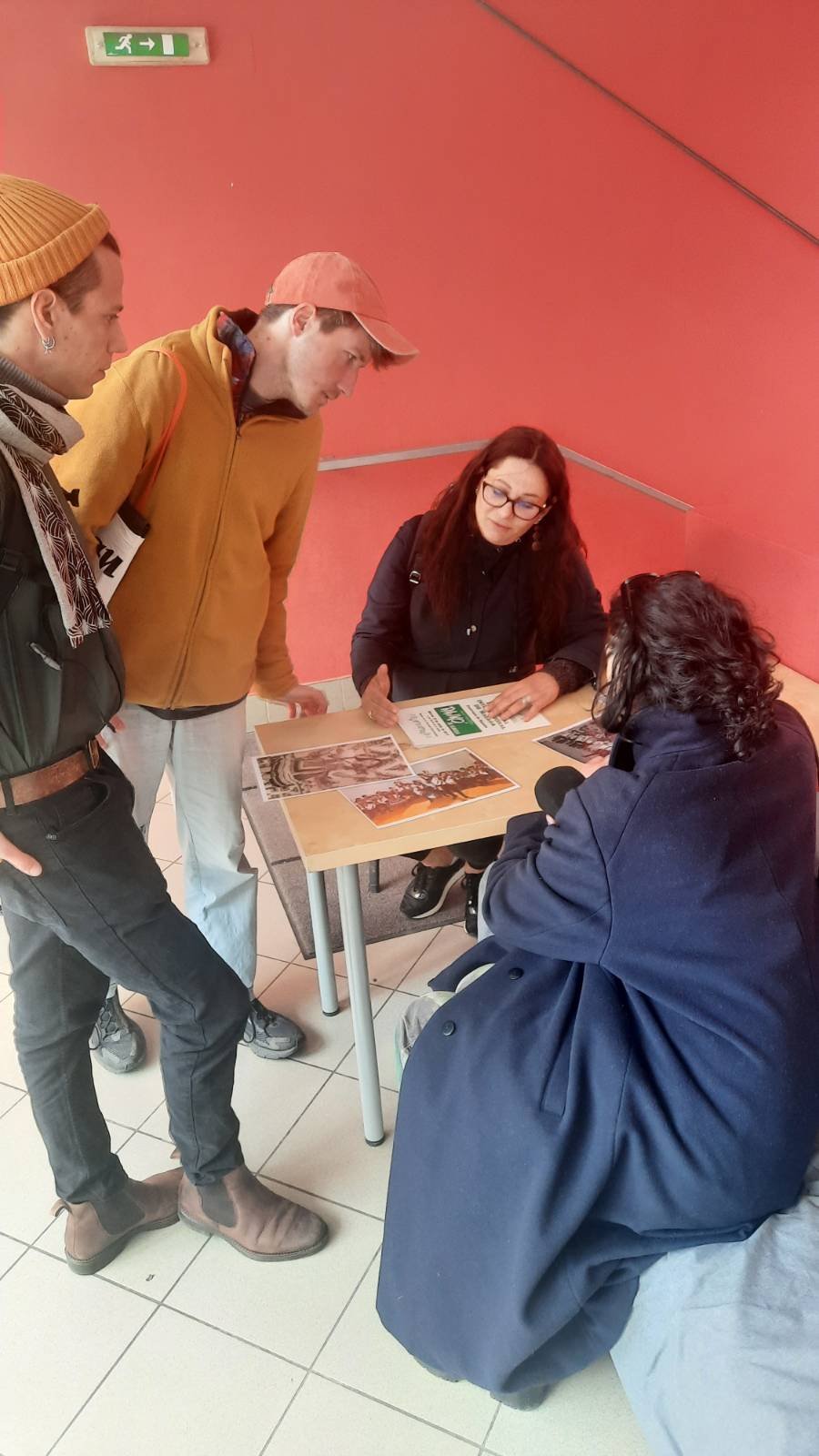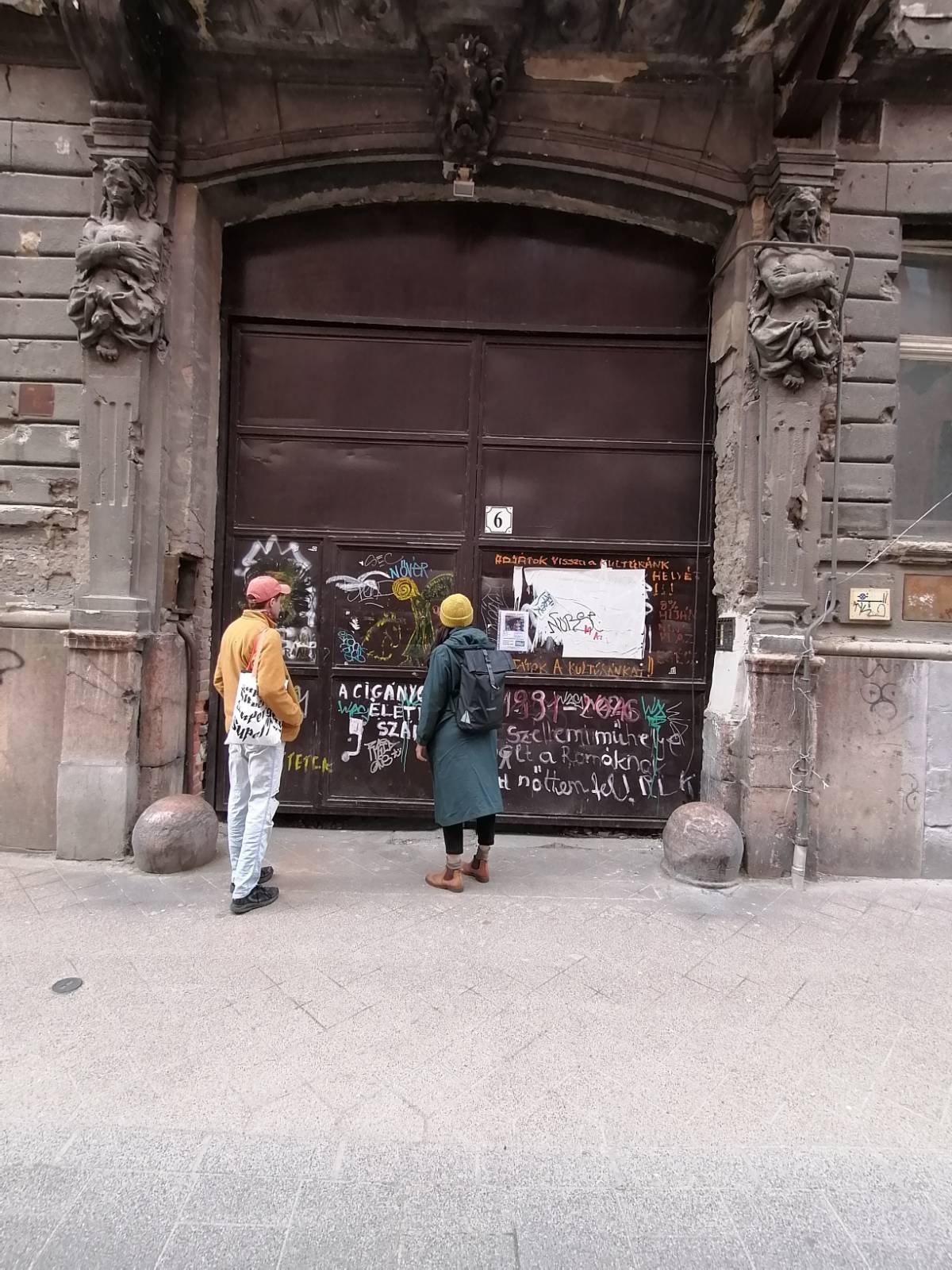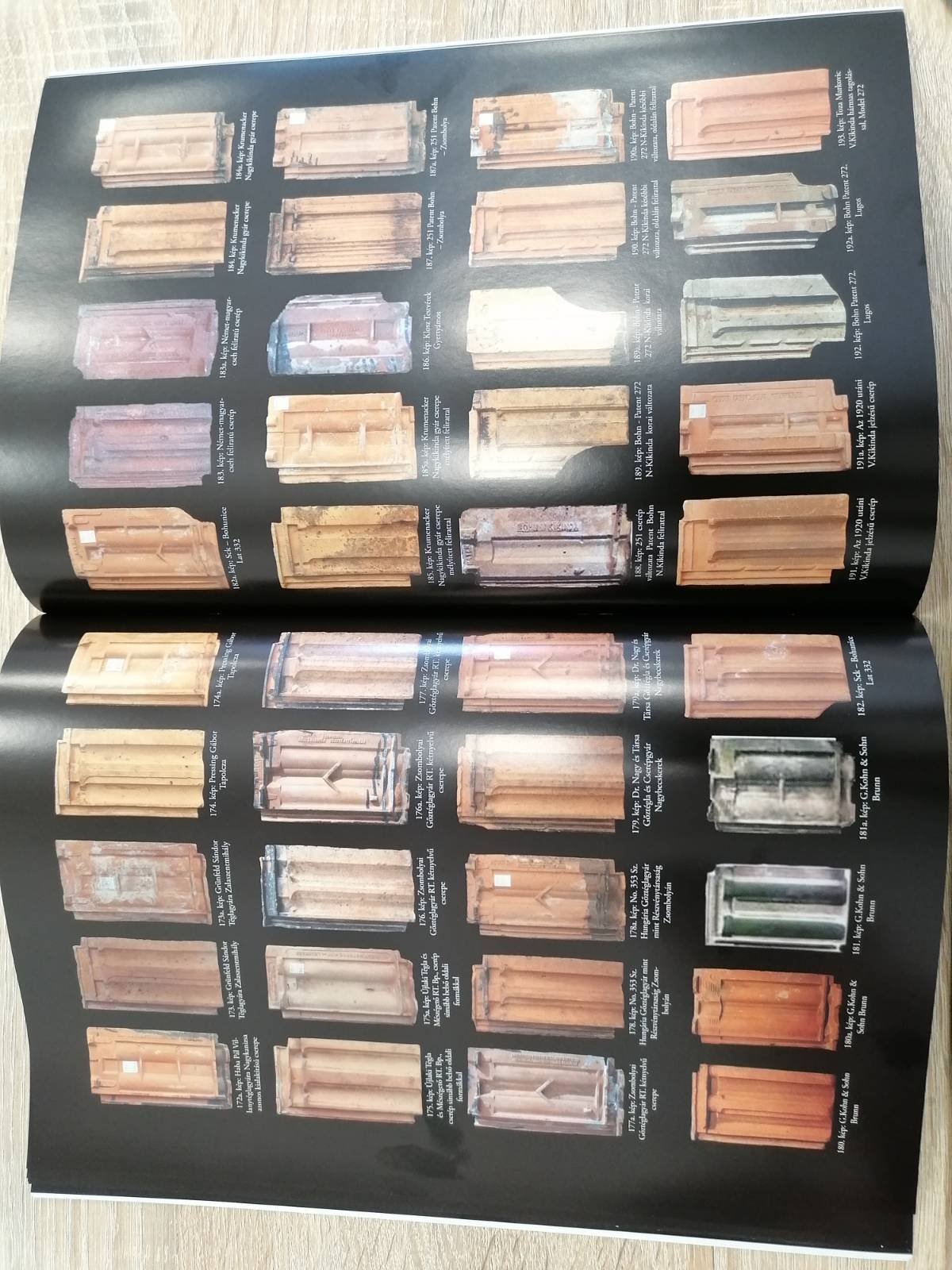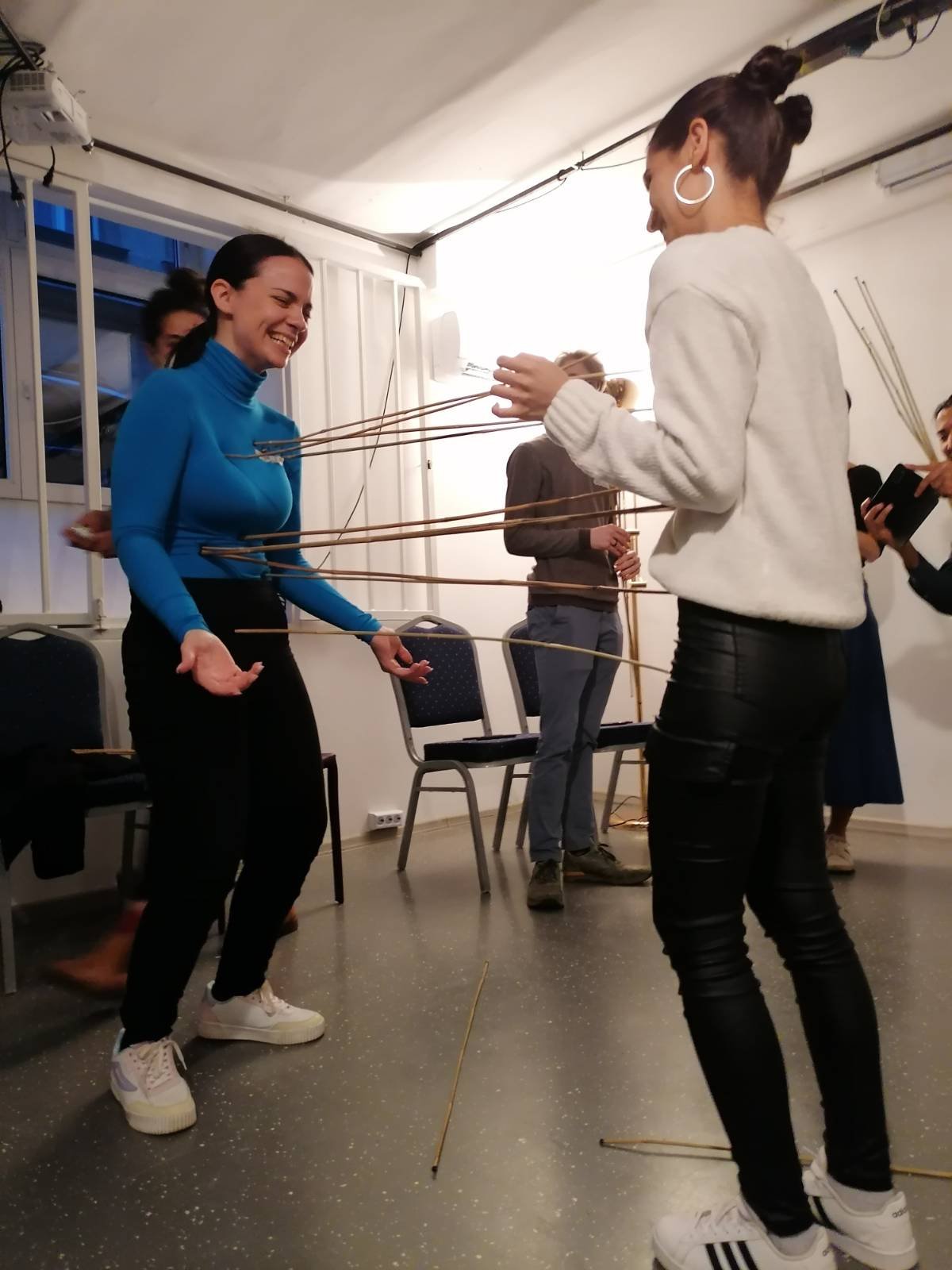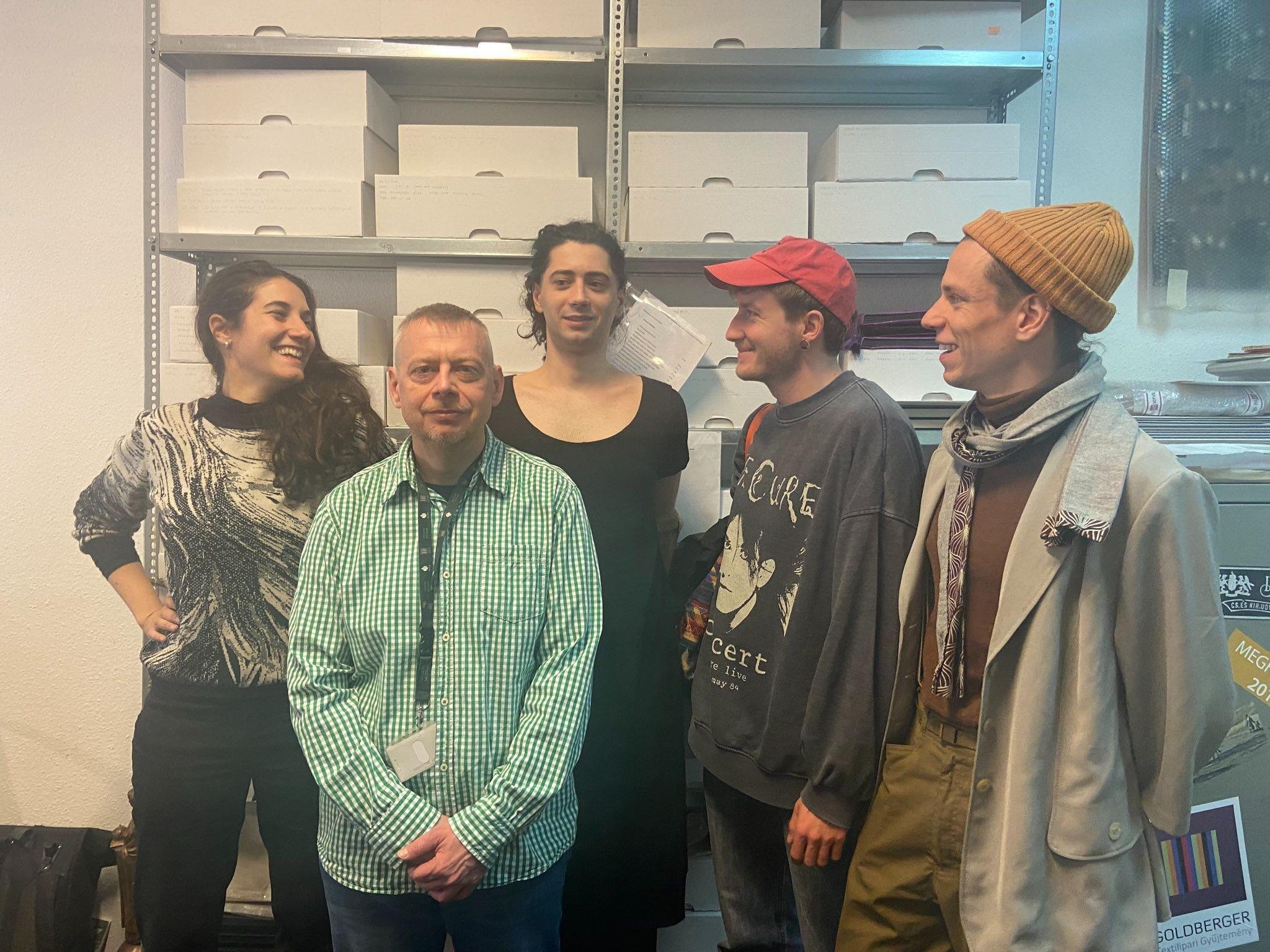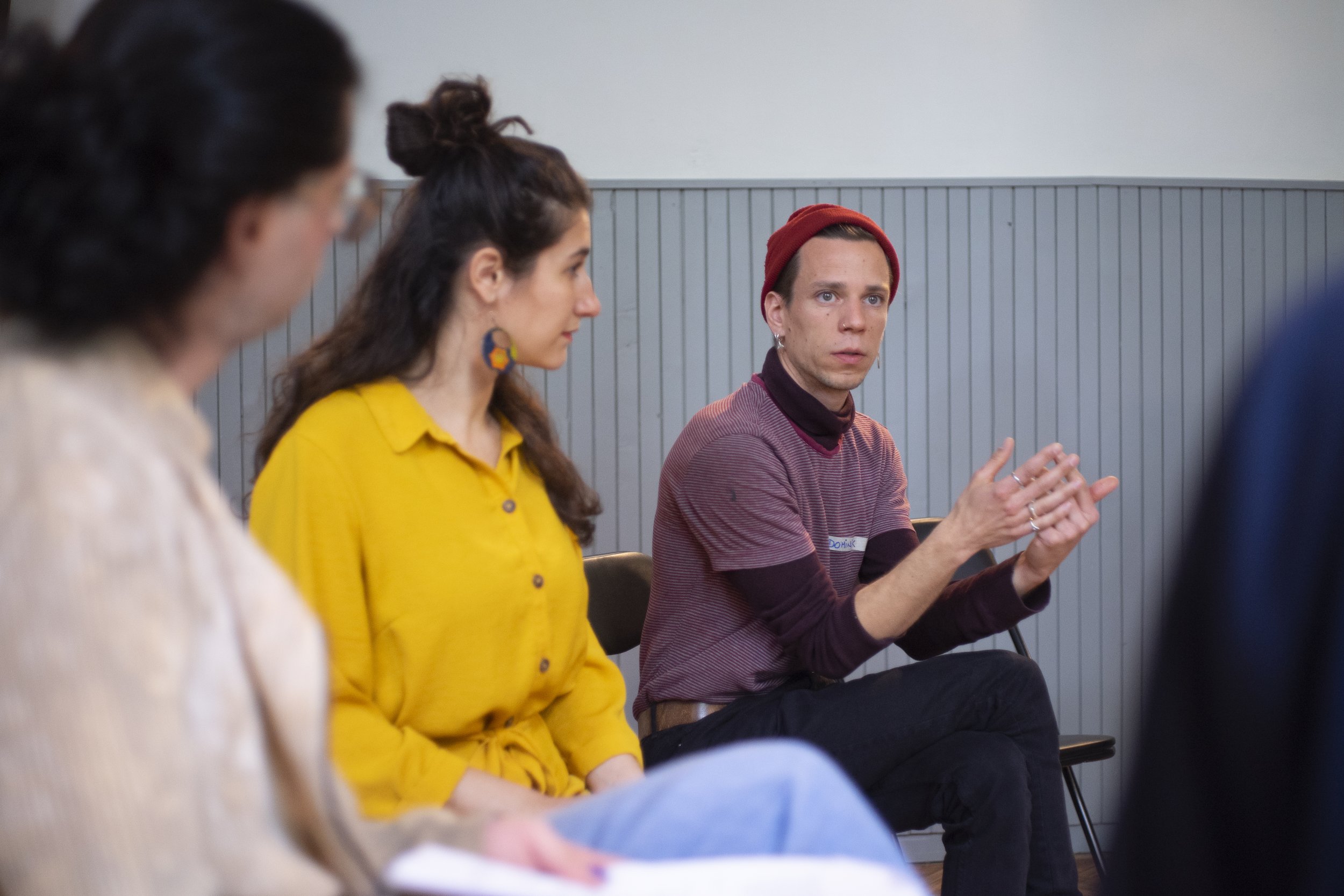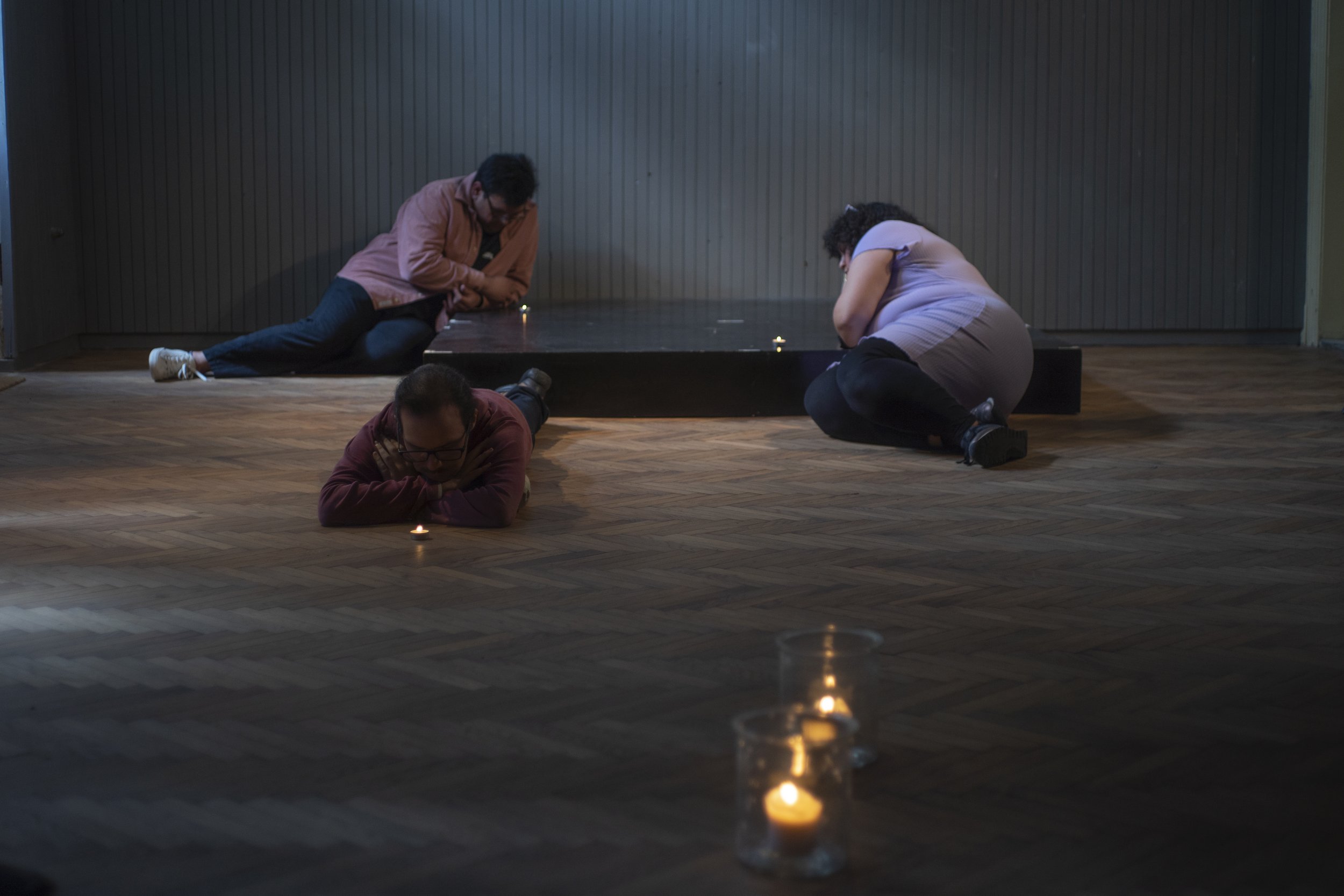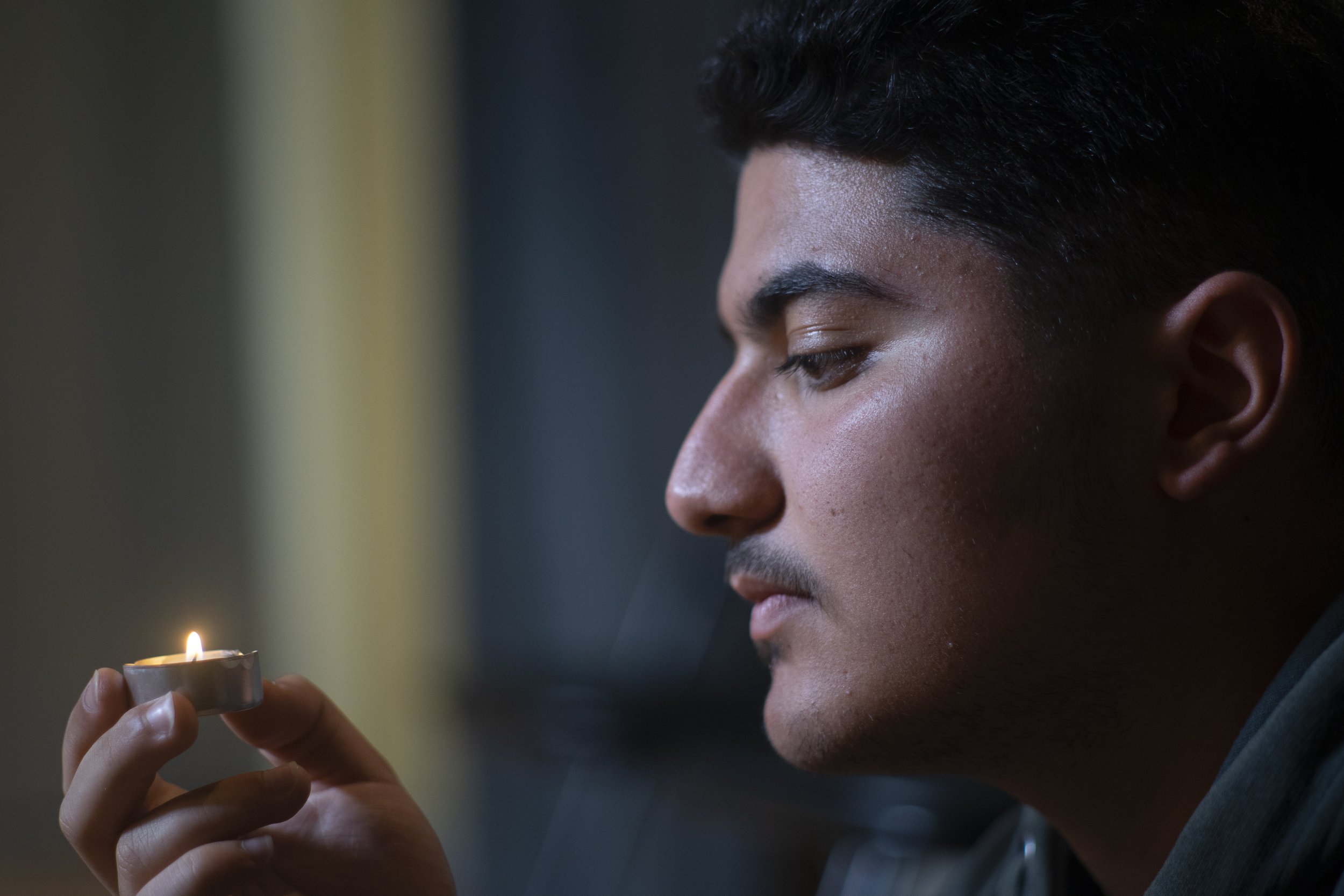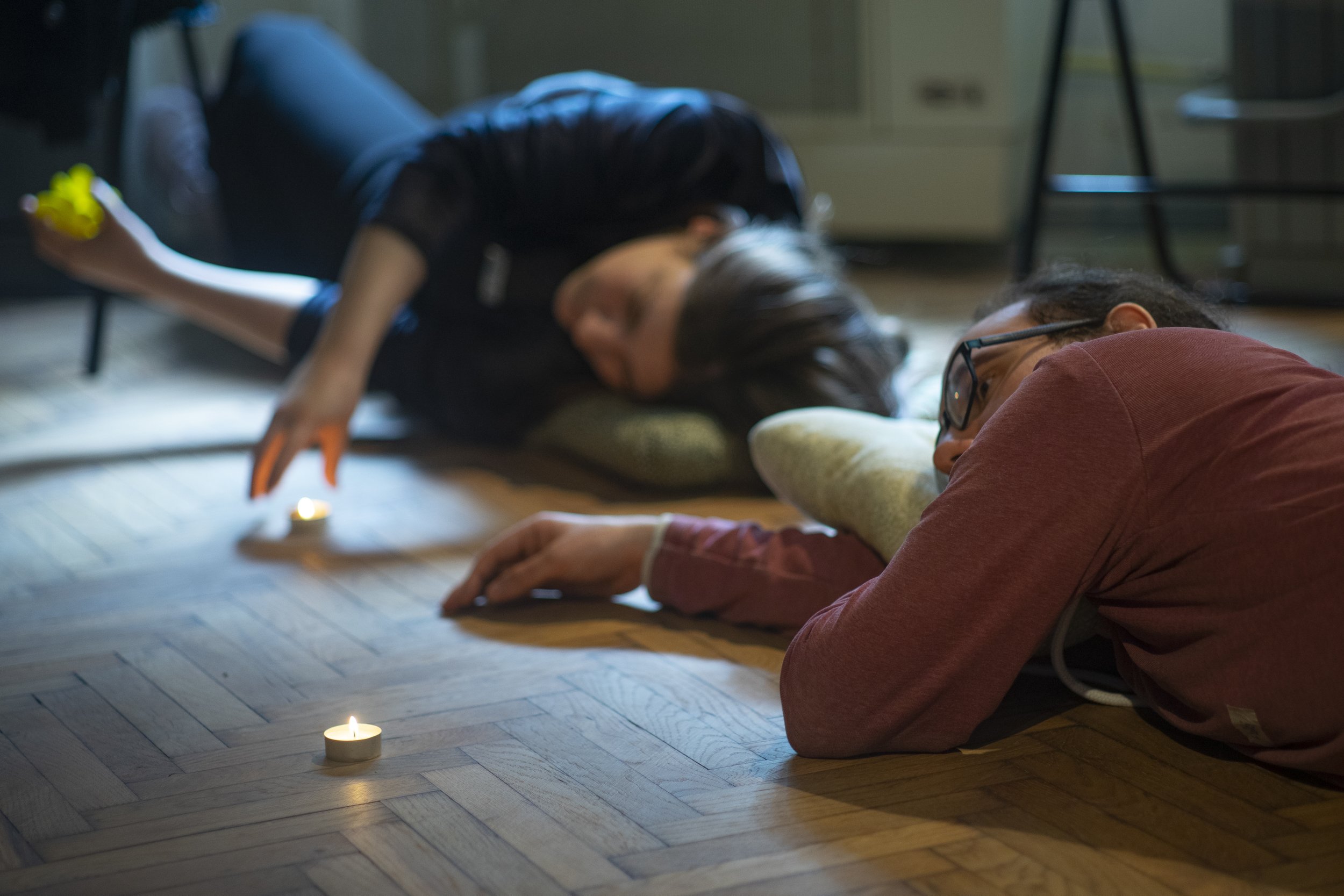
HA MINDEN FÜL MEGHALLANÁ
Opens : 20 - 23.10.2023
Production :
DePART Collective 2023
Artists:
Jonas Baur, Dominik Jellen, Cat Jugravu, Anna Szepes
Cooperation Partners:
Phiren Amenca International Network
Romano Instituto
Roma Sajtóközpont
Kesztyűgyár Közösségi Ház
Utcaszínházi Alkotóközösség és a TeatRom Fesztivál
Independent Theater Hungary
CEU Romani Studies Program
Uccu Roma Informális Oktatási Alapítvány
With the financial support of :
Budapest History Museum
FLASZTER - 1st PUBLIC ART BIENNALE of BUDAPEST
Óbuda Brick Factory, III Kerület Budapest, Hungary
I. Budapesti Köztéri Kortárs Művészeti Biennálé
The project is realized within the framework of the Flaszter - 1st Public Art Biennale of Budapest as part of the Budapest 150 series of programmes, with the support of the Municipality of Budapest, in cooperation with BTM - Budapest Gallery.
ABOUT
This coming autumn, the installation will be represented at the 1st Public Art Biennale in Budapest, Hungary.
In Hungary, the practice of active remembrance underlying the installation has already been started and is currently being applied on site: Within the framework of various artistic workshops and pedagogical approaches of community involvement, further memory sponsorships are being established, with the Remembrance Archive expanding by further letters of local Rom*nja actors (active members of the community) . Here the local biographies will be placed in the context of the Salzburg biographies.
For this purpose, the project cooperates with local partners in order to investigate the historical context in detail. In addition, this has made it possible to get involved in current initiatives of local partners and set the base to a network of support.
The new edition of the installation will be located on the site of the former Téglagyár Brick factory in Budapest's 3rd district, Óbuda. During the Second World War, tens of thousands of people were interned here before being deported and murdered after having been excluded from their communities. Even before that, many found themselves trapped in the oppressive structures of Hungarian fascists, many were also violently exploited through forced labour.
Although the site is one of the central sites of violence of the Holocaust and Porajmos in Hungary, it is hardly perceptible as such today. History seems to have been hidden between apartment blocks and parks - the performance or theatricalisation of the space means a marking and activation of the surroundings. The fragile, temporary location of the installation voices sounding in the outdoors will invite visitors to pay attention and, simultaneously urge them to listen actively, locate themselves and take responsibility.
HISTORICAL BACKGROUND
Óbuda Brickworks
The historical sites of the oppression of the Roma in Budapest during the Second World War largely coincide with important and tragic sites for the Jewish community. In 1944-1945, before the deportations, the most important concentration centre was the Nagybátony-Újlak Brick Factory in Óbuda, where all Budapest-based Roma individuals and those who were transported to Budapest were deported. After the war, the Brick Factory continued to operate until 1973. It was later replaced by the BMSZC Bláthy Ottó Titusz Information Technology Technical School and two department stores.
'The Brick Factory is still a place of community, not just of terror. When people were gathered here, the families were still together; they had their belongings, their possessions, their clothes. They did not yet know exactly what was in store for them. And although there is a memorial in front of the building, few people know about it. But it is much more vivid in the individual memories of each survivor. Everyone has a story about the Óbuda Brick Factory. This site, like your project, goes beyond terror and gives space to personal memories of the past. It is important to make this visible for the city."
Ágnes Daróczi, a journalist, minority researcher and cultural manager
Central to the original installation was the land as a "natural archive", located on the former - now unmarked - site of the Salzburg Maxglan labour camp. We believe that the bricks of the former buildings of the Óbuda Brickworks play a similar role, helping us to actively and personally connect with a forgotten past as historical witnesses.
If the memory of the victims of Nazi (and possibly Arrow Cross) terror is limited to a single incomplete and factual list of names, if the last survivors are no longer with us, if systemic racism dominates public discourse, if the memory of the Porajmos, the fate of the Roma people in the Second World War, is not common knowledge, if the act of commemoration is limited to one event a year or to monuments that are pushed out of the city centre; the natural and built material is the only medium that remembers and bears the traces of this terror and the stories of the forgotten victims. What does the earth remember and what do the bricks remember? What stories do they tell and how can we lean close enough to them - that is, with what attitude must we turn towards them - to hear them? How can these bricks form a bridge between the events of the past and the activism, visibility and equality struggles of the present, and a reflective, accepting future?
The history of the Romany town in Óbuda is also a reason for DePART’s choice of location, but one that is less well known: according to an essay provided by the Institute for Romani Studies, ‘Romungro-Hungarian Gypsies’ have lived in the area since the 15th century, taking useful jobs and holding various royal privileges and letters of marque : "It is likely that the Roma settled in their tents in the areas outside the ramparts between Óbuda and Viziváros, on the banks of the Danube. As the environment provided a steady source of livelihood and work, the migrants became a local population, building calypsos using stones from former Roman houses in decay, nearby clay, floating trees and forest branches." During the Turkish occupation, more written documents were produced about the Roma, by then integrated into the feudal social system.
In many historical periods, the area of the Romany town served as a privileged trading centre, a supply point for the current court, or an ideal location for manufacturing and technical processes to be kept away from the city centre. The area was burnt down by the imperial armies in 1589 and by the united European armies in 1686, but it was always repopulated. In the 17th and 18th centuries, ‘Zigeunerstadt’ was included in the Atlas of Town History. Afterwards, a settlement called Újlak was started, and a new district was created in the area; most of the Roma population moved to the surrounding settlements but came back to work, and Óbuda had a Roma settlement until the mid-20th century, of which few people know today.
